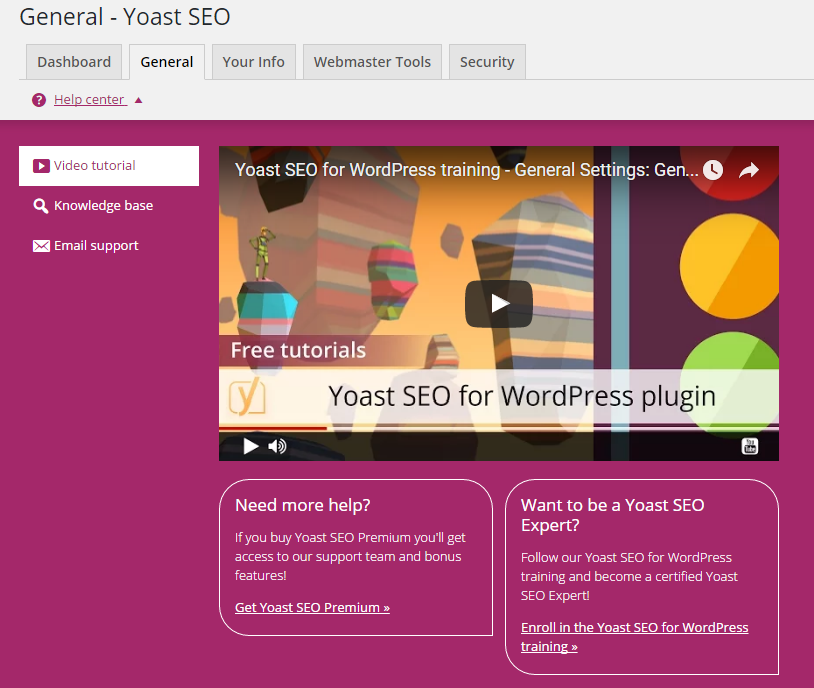The world is not short of people, experts and agencies to help you build your website – the question is: what is best for you? You will have the best success if you have a clear understanding about what you need and know exactly what you are looking for – a website designer or developer?
If you are truly starting from scratch, with no branding, logo, colors and/or font directive, then it’s important to start with a designer or someone who can help you with your visual identity – or your brand. A designer will help you bring the personality of you and your business into your marketing elements – in this case – your website – with the creation of a logo and/or particular font treatment and color scheme.
This design process can be as a big or minor as you want it to be. In some proposals, the design work is estimated to be more time and expense than building a website. So be clear in how important it is for you to get this branded element work established. It is an investment but can serve you for many years if it’s done right.
Once your logo and brand is established, your design work is not yet done. Now it’s time to create the design, look and feel of your website. Things that you might consider and review with your designer: Will you have lots of white space? big pictures? lots of text or lots of visuals? What fonts and colors will you use to complement your logo/brand? What are some examples of sites you love? sites you hate?
As you start to establish the look of your new site you and your web designer will start to plan out the architecture of the site. Questions to answer in this phase of the work would be: How many pages? What do you want visitors to do? How does information flow or get discovered or transition?
While a designer and developer can be the same person, most people in the trade tend to lean toward one skill set or the other. In bigger web firms or digital agencies, you will find that once you finish working with the designer, your website work will then fall into the hands of the developer. (Similar to building a house, once you have your drawings and specs from the architect, you will then begin to work with the contractor.)
The developer’s role is to make sure that your website actually looks and functions the way you designed it. Whether your developer is using a template or theme or he/she is completely coding your site from scratch – the web developer’s job is to build the site.
The developer can also assist in making sure that your site is optimized for search (SEO), is responsive, mobile-friendly and is connected with Google Analytics. Also, make sure that your developer sets up access to manage and update your site once it is up and running. (Ask for a how-to manual or training session!) Lastly, the developer is the main person who can help you with security, back-ups (don’t forget to set up regular back-ups!) and ongoing maintenance on your site.
Note of caution!!! It is neither the designer nor the developer’s job to create content for your site (unless you have otherwise agreed). It is your job to supply all of the copy, images, page titles and relevant links/accounts to whomever is helping you with your site! This is often the biggest surprise for people who are creating websites for the first time.
With this clearer understanding of how web designers vs. web developers work – here are 6 questions to ask to help you figure out the right fit for you – and for creating the best website for your business!
1) Do you already have branding and logo figured out?
- No – start with a designer.
- Yes – OK to start with developer.
2) Do you have a clear sense of how you want your site organized and what you want from each page of your site?
- No – probably start with a designer.
- Yes – OK to start with developer.
3) Do you have all of your content (logo, copy and images) ready to go?
- No – start with a designer (or get help from photographer or copywriter).
- Yes – OK to start with developer.
4) Are you fixed on having a site that looks customized and does not feel like a cookie-cutter template?
- No – then you would be in good hands with a smaller shop and smaller budget.
- Yes – creating a customized look can accomplished with either a designer or developer, it depends on their approach.
5) Do you have a small budget or big budget?
- Small to medium budget ($500 to $10K) – website work in this price range means that you will probably work with a smaller team that might subcontract out some the work and may use customized themes or templates as the basis of your site.
- Medium to big budget ($10 – $20K+)) – bigger projects with bigger budgets affords you the expertise of a bigger team that typically includes a project manager, designer and developer and more customized design and coding work.
6) Are you a techie type, or have someone techie who can help you update your site?
- No – consider a maintenance contract after your site is built for ongoing support.
- Yes – consider using a template or easy to use theme for updating and managing and ask for a how-to manual and/or a few training sessions.
If you are still unclear, I’d be happy to answer any questions or make suggestions for the right web design/development support for your project. Shoot me an email, at: nancy “at” nancysheed.com.
I’m also curious – what has been your experience with building a website? What lessons did you learn or what did you wish you had known? Please share in the comments. Also feel free to share this article with anyone you know considering a new website.







